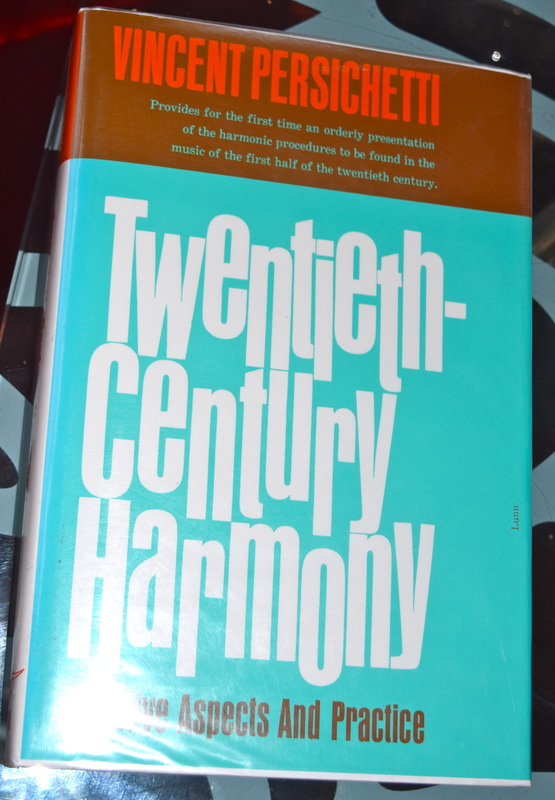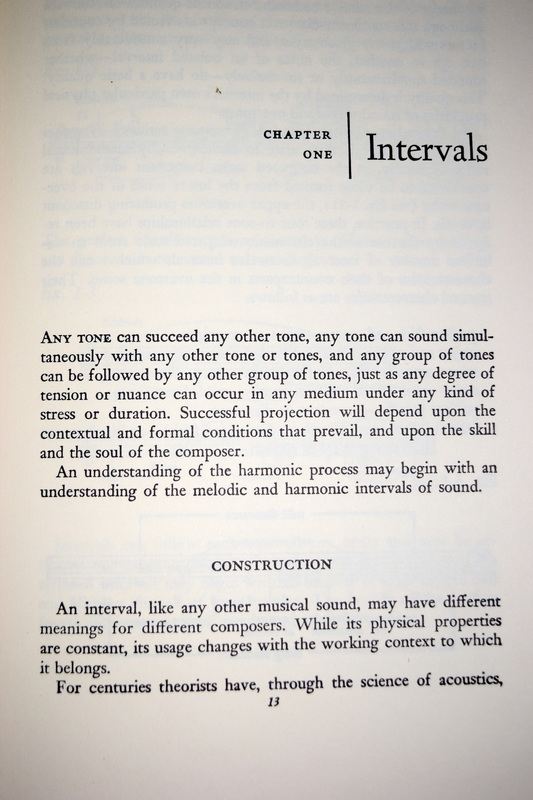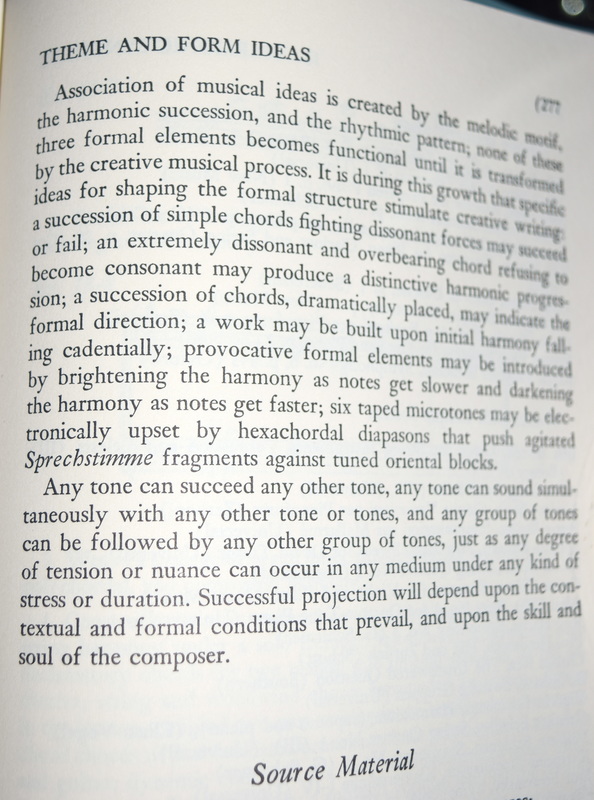2 Comments
6/26/2017 03:16:45 am
I was also deeply influenced by Persichetti's book which was in the school music library (1980, 1981) ... Your observation of the repetition of the first paragraph also puts me in mind of the first exercise, or 'application', in the book: "Write a phrase for two flutes that contains several dissonant perfect fourths. Follow this with one that contains several consonant perfect fourths." The first paragraph is like those fourths ... how you hear it depends on what has come before.
Reply
7/1/2017 11:48:58 am
Good to find a kindred spirit via Pershichetti, David - in fact good to know that someone has actually read one of my Blogs! I was about to put another one up when I saw your comment; I had a peek at your own site & it looks intriguing. How did you come across my page, I wonder? All best wishes. C
Reply
Leave a Reply. |
Details
Archives
September 2022
Categories |



 RSS Feed
RSS Feed
